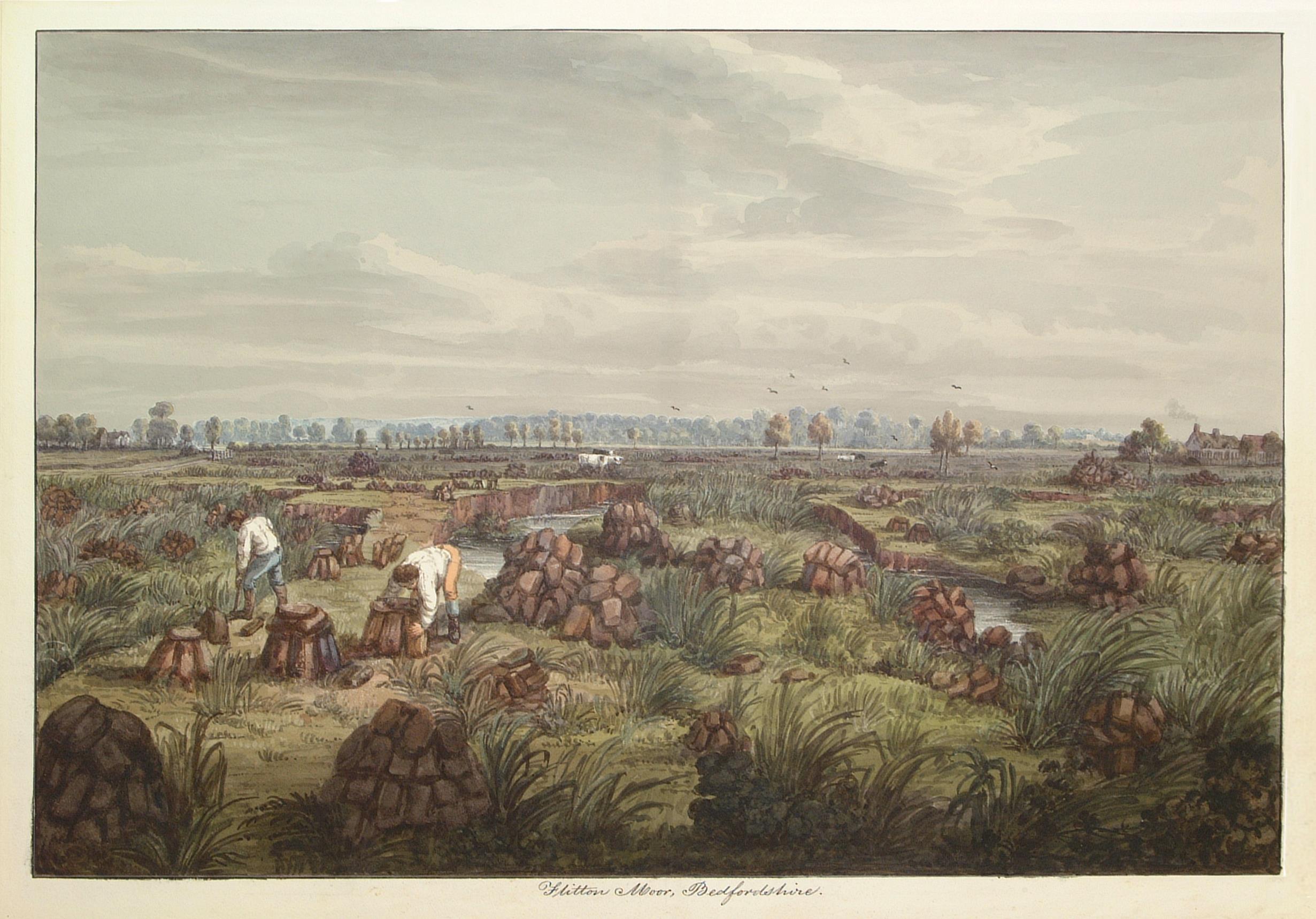Research data – what to keep?
06/03/2020

Deciding what research data to keep, and why, has become a more significant focus in recent years as the volume and diversity of data outputs have grown.
The What to Keep study was commissioned by Jisc and undertaken from May 2018 to January 2019.
Among the key findings from the study are:
- The main drivers for what to keep are research integrity and reproducibility (the availability of the data supporting the findings in research); and the potential for reuse (availability of data for sharing with other users).
- Research grant terms and other legal requirements (e.g. for clinical trials data) can specify a minimum term for which research data must be kept and at a basic level that sets one simple retention criterion. However, as these dates begin to expire an increasing number of datasets will need review and potentially more complex appraisal decisions made on whether they are retained.
- It is essential to consider not only what and why to keep data, but for how long to keep it, where to keep it, and increasingly how to keep it in ways that reflects its potential value, cost, and available funding.
- For funders from all disciplines, including UK Research and Innovation (UKRI), the optimal research data to keep are:
- Data which support primary research findings, e.g. are necessary to reproduce or query those findings
- Data that is of obvious long term value e.g. longitudinal studies
- Data which is subject to legal requirements
- Data with short term value for one purpose or set of users, but which can also have long term value for other purposes or users.
Some questions remain around what to keep in relation to instrumentation data, outputs from models and simulations, serendipity and “Curated Databases”.
Regarding supplementary data and materials, we should keep metadata, some software/algorithms/codes supporting data reproduction or interpretation, and physical materials.
The CESSDA SaW Cost Benefit Advocacy Toolkit provides valuable tools for thinking about future cost and benefits of research data.
Photo by Adam Nowakowski on Unsplash
Categories & Tags:
Leave a comment on this post:
You might also like…
My Apprenticeship Journey – Broadening Horizons
Laura, Senior Systems Engineer at a leading aircraft manufacturing company, joined Cranfield on the Systems Engineering Master’s Apprenticeship after initially considering taking a year off from her role to complete an MSc. Apprenticeship over MSc? ...
The Library app is back!
The Library app is back! It's exactly the same as before (although it will get a fresh look in a few months) and if you hadn't removed it from an existing device it should just ...
PhD researcher at the IF Oxford Science and Ideas Festival
IF Oxford is a science and ideas Festival packed with inspiring, entertaining and immersive events for people all ages. PhD researcher, Zahra attended the festival. Here she shares what motivated her to get involved. ...
What leadership skills are required to meet the demands of digitalisation?
Digital ecosystems are shifting the dynamics of the world as we know it. With digitalisation being a norm in the software industry, there is currently a rapid rise in its translation ...
My PhD experience within the Centre for Air Transport at Cranfield University
Mengyuan began her PhD in the Centre for Air Transport in October 2022. She recently shared what she is working on and how she has found studying at Cranfield University so ...
In the tyre tracks of the Edwardian geologists
In April 1905 a group of amateur geologists loaded their cumbersome bicycles on to a north-bound train at a London rail station and set off for Bedfordshire on a field excursion. In March 2024 a ...






